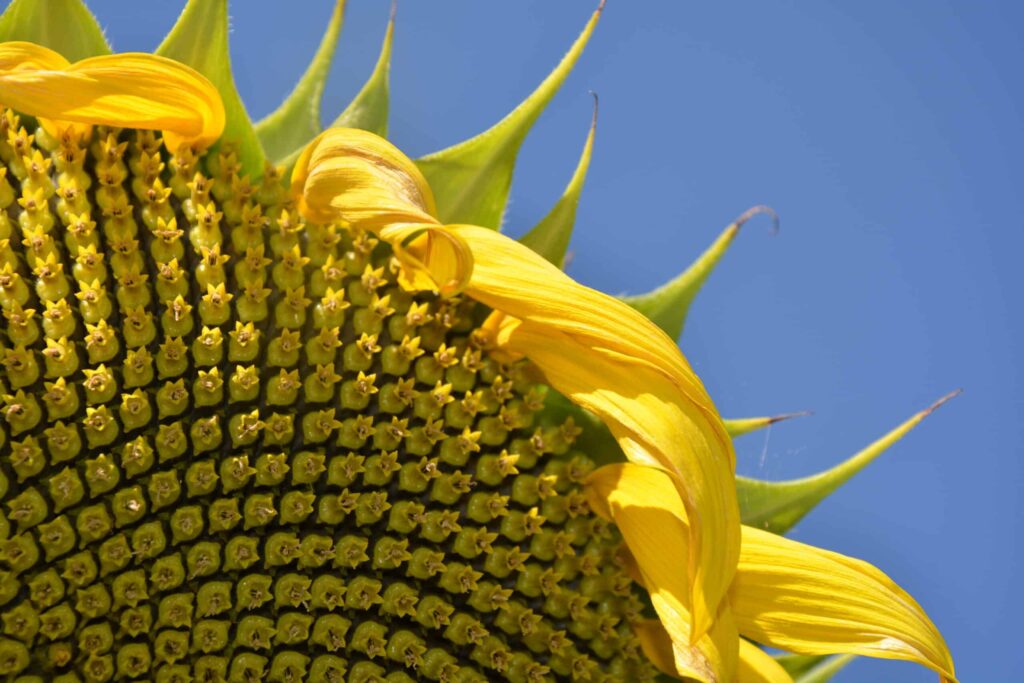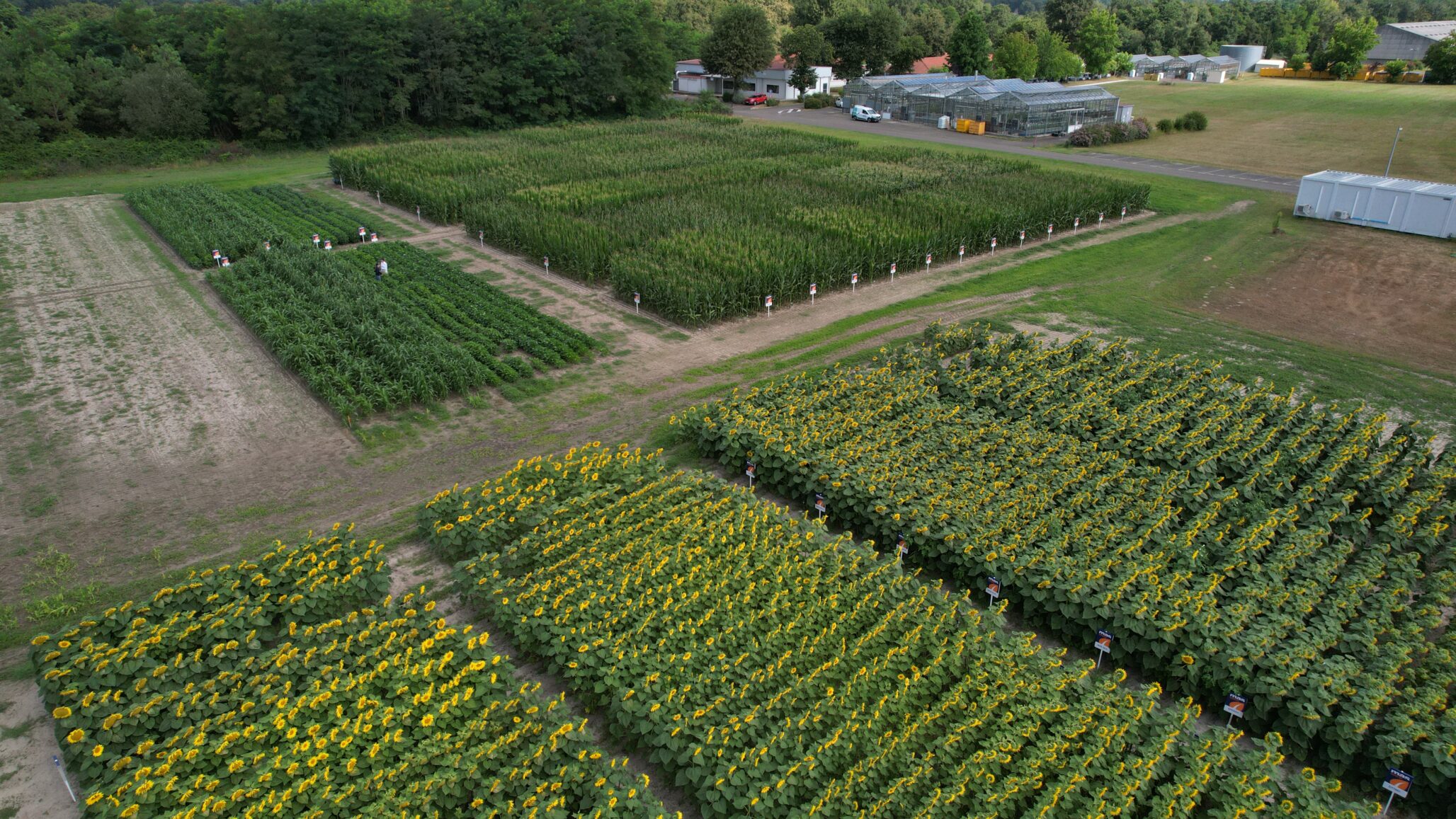Sunflower downy mildew, and its impact
Sunflower downy mildew is a fungal disease that can have a major impact on sunflower crops, ranging from a low percentage of affected plants to over 50 per cent of a field. It is caused by a fungus called Plasmopara halstedii. Symptoms appear early in the plant’s growth in the form of yellow spots on the upper side of leaves, white spots on the underside of leaves, as well as plant dwarfism and sterility of the head.
Genetic research helps to combat sunflower downy mildew
Breeding can help fight sunflower downy mildew by developing varieties that are resistant to the disease. By identifying genes involved in resistance, breeding can select sunflower varieties that are less susceptible to the disease.
Chemical seed treatment solutions and their effectiveness in combating sunflower downy mildew
Chemical seed treatment solutions can be effective in combating sunflower downy mildew. However, experience has shown that they are not 100 per cent efficient: they can be washed away by heavy rains, and downy mildew can develop ways to mutate and bypass these solutions.
Alternatives to seed treatments for combating sunflower downy mildew
There are certainly alternative solutions to seed treatments for fighting sunflower downy mildew, and genetics is one of them. We split our hybrids according to their resistance: we only treat sunflower hybrids requiring additional protection, and we do not apply a fungicide to hybrids with the best genetic constructions. We market the latter under our Mildew Master label.
However, while genetics help to reinforce the plants’ natural resistance to the disease, contributing to combating the pathogen in the long term, it is best to apply specific farming practices to mitigate the risk. Adopting sustainable agricultural practices such as crop rotation, genetic alternation, and soil management can help prevent the appearance of sunflower downy mildew and other sunflower diseases (e.g., Verticillium, etc.).








